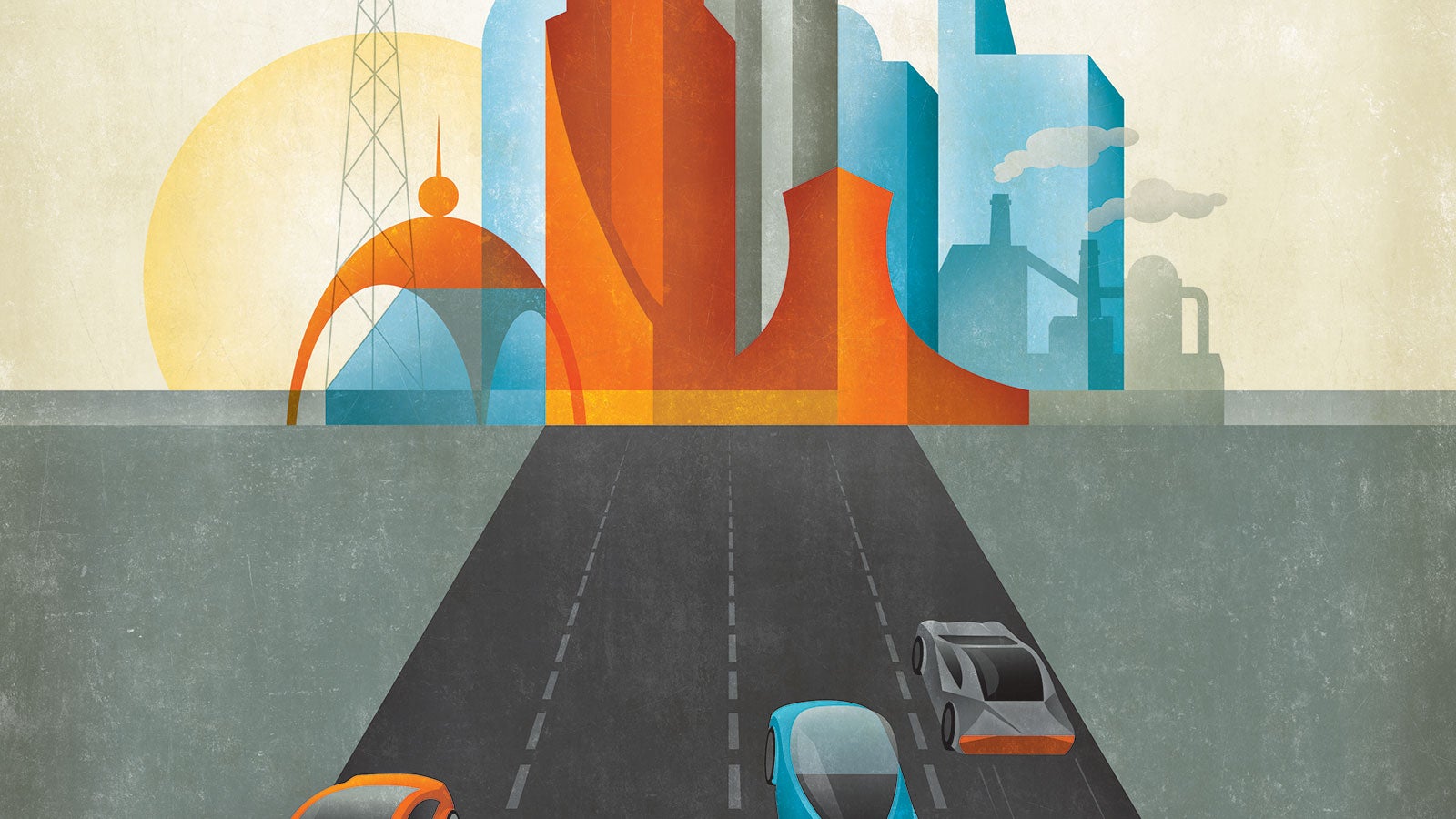Your next car will be more connected and shareable
The global automotive industry may be on the verge of a fundamental transformation that could give rise to a new mobility ecosystem. These changes could have far reaching implications for how we move from point A to point B, and for both current industry players and extended industry stakeholders including gas companies and retailers, insurers, emergency rooms, advertisers, and government regulators.


The global automotive industry may be on the verge of a fundamental transformation that could give rise to a new mobility ecosystem. These changes could have far reaching implications for how we move from point A to point B, and for both current industry players and extended industry stakeholders including gas companies and retailers, insurers, emergency rooms, advertisers, and government regulators.
The future of mobility is already impacting how businesses operate in an array of industries. Consider just a few recent examples. As of October 2015, Google self-driving cars have completed nearly 1.3 million miles of autonomous driving on public streets¹. Several companies developing self-driving cars have indicated they would accept liability should their vehicles crash, a sign of their confidence in the technology and an important development for insurers and the general public². AT&T added over a million new connected cars in its third quarter, more than any other wireless category, including smartphones³. The list goes on, and these developments are just the first tentative steps toward a new mobility ecosystem.
The changes are being driven by a series of trends—some technological, some social—that collectively may be poised to fundamentally transform how people and goods move about. New powertrain technologies, including electric vehicles, offer lower emissions with increased range. Advanced materials can reduce weight without sacrificing performance. Vehicles are increasingly connected to other vehicles and infrastructure, with autonomous cars already on the roads. And long-held attitudes about vehicle ownership may be beginning to shift as the notion of shared access becomes more accepted.
These trends converge around two distinct visions for the future of mobility: an “insider” view that the extended industry will evolve naturally and incrementally towards a future mobility system that retains its roots in what exists, and a “disrupter” view which sees a whole new age drawing near featuring fully autonomous cars accessible on-demand, leading to a tipping point in mobility.
Deloitte’s new publication, The Future of Mobility, explores these alternative visions in depth and offers some steps companies can take today to equip themselves for the future. The sooner companies accept that change is not only coming, but that it is already here, the better prepared they can be to meet the challenges and opportunities it presents.
This article was produced by Deloitte and not by the Quartz editorial staff.